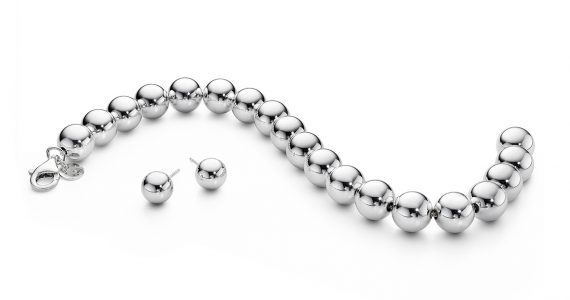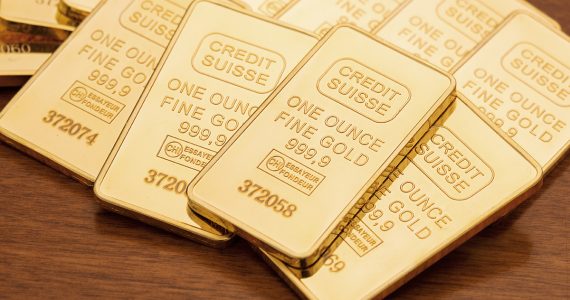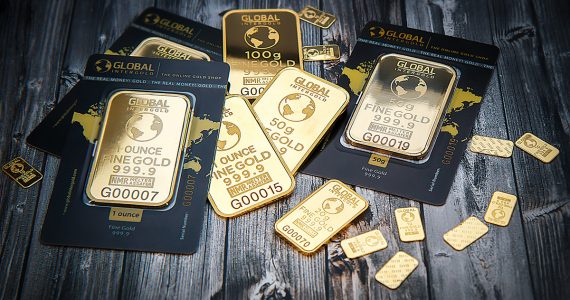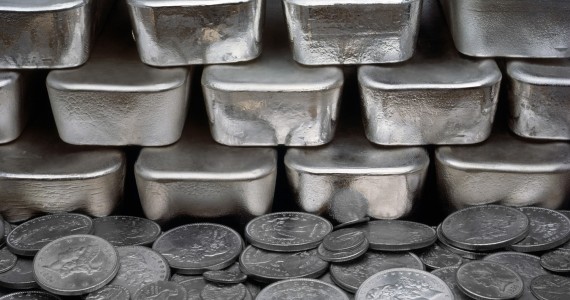Basically, there are six transitional metal elements in the platinum group (PGMs) that are similar in terms of physical, chemical, and anatomical aspects. These are: iridium, osmium, palladium, platinum, rhodium and ruthenium. PGMs are classified into two groups.
The first one, palladium group, includes platinum, palladium and rhodium. The second cluster under iridium group is composed of iridium, osmium and ruthenium. Each metallic element will be briefly described and explained in the latter part of this article.
Characteristics of Platinum Group Metals
These kinds of metals are known to be the densest among all metal elements. They are naturally found in the same ore bodies which make them some of the extremely rare minerals on earth. These six metals have high durability and long life cycles because these are valuable and precious.
Platinum and palladium are soft and malleable which make them highly resistant to oxidation and corrosion. As catalysts, these metals increase chemical reactions without their composition being changed in the process.
Rhodium and iridium are the harder metals but the chemical compositions of these two metals are very essential in many uses of alloy. Rhodium is also treated as a catalyst metal.
Ruthenium and osmium are hard and have low resistance to oxidation, but are important additives in alloy applications and are catalysts as well.
Uses of Platinum Group Metals
The metal elements belonging to this group usually act as catalysts due to their stable chemical composition, but they can also be used on other applications. As per International Platinum Group Metals Association (IPA), one quarter of all manufactured goods either use a PGM or use any of these six metals as part of the production.
For example, palladium and platinum act as catalysts for the petroleum industry, iridium and platinum are used as pacemakers and other surgical implants, osmium is used as fingerprint and DNA stain, rhodium is essential in nitric acid production, and ruthenium is used in adhesives, paints, and chemical products like cleaning liquids.
Platinum
Platinum is a highly rare mineral known for its being highly dense, malleable and non-corrosive. This metal can resist large quantities of hydrogen.
The largest producers of platinum are South Africa, Russia and Canada. Its primary application is on jewelry production attributing to its luster and high resistance. It is also used in weaponry production, dentistry and aeronautics.
Palladium
This mineral is another one of the rare elements of PGM that is known for its stability under high temperature cases, malleability and high absorption of large quantities of hydrogen under room temperature.
Palladium is used to make “white gold” alloys. Electronic manufacturers use this metal for electronic plating.
Rhodium
Rhodium is a silver-looking metal that has high reflectance and durability. It naturally occurs in raw or pure platinum ore, making it a rare element. This element has a higher melting point than platinum and has lower density. Acids cannot penetrate rhodium, so it makes a great catalyst in automobiles.
As it does not tarnish, it is essentially used in the production of jewelry. Through the process of electroplating, it produces a white gold surface as that of white gold finish.
Osmium
If rhodium is extremely rare, osmium is a lot rarer. It is the least naturally occurring stable mineral on the earth’s crust. The total production of osmium annually is less than one ton. In its raw form, this metal is highly toxic, so it needs to be alloyed with other metals in a commercial use.
Osmium alloys are not common. It can be used on fountain pen tips, electrical contacts and instrumental pivots. Since it is also highly reflective, osmium is coated on mirrors of space ships.
Iridium
Another one of the rare metals of PGM, iridium naturally occurs in three kinds of geologic structures: impact craters, igneous deposits and deposits formed from a previous structure.
South Africa has the world’s largest iridium deposits. It has its uses in the electronics industry such as in spark plugs and electrodes. It is also applied in making crucibles needed for growing huge high-quality crystals. In medicine, a version of iridium is used as a source of gamma radiation that is very important for cancer treatments.
Ruthenium
This mineral is the 74th most abundant on the earth’s crust. Its ore is generally found in the other PGMs specifically in the Ural Mountains as well as in North and South America.
Ruthenium is used to harden platinum and palladium, so it is fundamental in making wear-resistant electrical contacts. Its uses also expand to solar energy conversion, medicine and data storage.
Probably, all types of industries use any of these PGMs in production or manufacturing. Despite the rarity of these metals, they play fundamental roles in various technological advances and that is why they are considered rare, precious metals.








